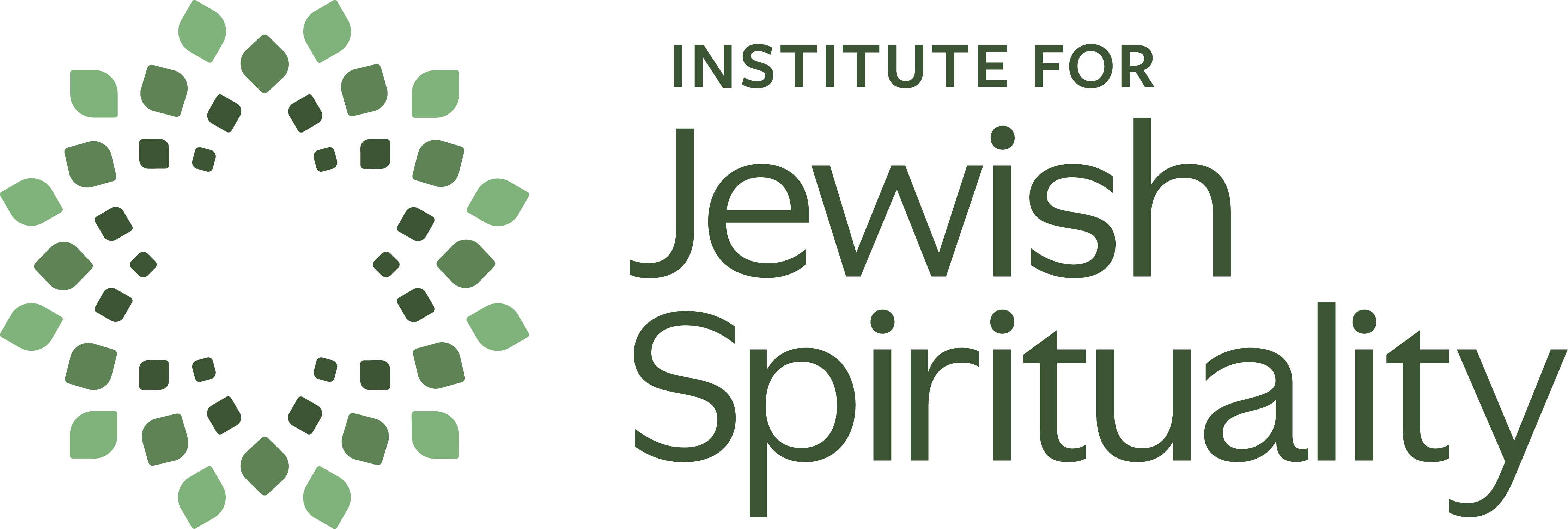
One of the main reasons Natalie and I moved to Skokie eleven years ago was so that our children would have other kids to play with on Shabbat afternoon. We had previously lived in Evanston, which had a wonderful but very small shomer Shabbat community. There were basically the same few kids, and no one else at our children’s grade levels. When Toby came along, we realized we wanted a different experience and moved three miles west.
At this point, Toby is old enough that most Shabbat mornings he finds me at shul to tell me that he’s hanging out with his friends and classmates all afternoon and he’ll be back in time for havdallah. Which is exactly what we wanted. Like his older brothers, he has a group of friends his age who can spend time and play with one another. Normal, healthy developmental stuff–and a good validation of our decision back in the day.
Yet as you no doubt know, friendships and childhoods that look like this are becoming rarer. Teens are spending less time hanging out with their friends–a trend facilitated by social media and accelerated by the pandemic. The same is happening with adults, as the Surgeon General discussed in a recent report on the epidemic of disconnection and loneliness affecting the country–an epidemic that has profound consequences for our physical, emotional, mental, and spiritual health.
We’re wrapping up the Torah portions that recount the building of the Mishkan. One of the sometimes overlooked features of this story is the role of friendship, specifically that between Bezalel and Ohaliav, the two master builders. Now, you may actually be scratching your head: “Betzalel–him I’ve heard of. Who is the Ohaliav character?” He was Bezalel’s chief helper–or, as my own friend and rabbi, Ari Hart, pointed out recently, his buddy. These were two friends–really, two of the only friends (not blood relations) that we see in the Torah. They shared in the work together, inspired one another, dreamed, thought, created, and labored with each other. They were friends.
It makes sense to me that the Torah would choose to highlight two friends at the center of the creation of the Mishkan, as the word for friend, chaver, is related to a word the Torah itself uses to describe putting together the Mishkan, l’chaber. Like the Mishkan or the clothing of the high priest, a healthy friendship reflects the interconnection between distinct individual parts within a larger whole. Each part is unique and important, and each also contributes to the total project, the greater communion of the friendship.
Rava, one of the great rabbis of the Talmud, quoted a folk saying: O havruta o mituta. Literally translated, the phrase means, “friendship or death.” I think a perhaps more accurate rendering might be, “Friendship is the essence of life.” Why? Perhaps because, unlike familial ties or contractual responsibilities, a friendship is a relationship characterized by freedom. We choose our friends. And because of that, a friendship is its own, particularly special, kind of love–freely chosen, much like the freely-given offerings that provided the raw materials for the Mishkan.
Jewish spiritual practice can often be thought of as something we do on our own–meditating or journaling or praying. And yes, much of our work is internal, taking place in zones to which only we have access and that cannot really be shared with others. But/And: so much of our spiritual labor can only, frankly should, be done in the company of friends–spiritual friends, friends with whom we can practice, friends to whom we can open our hearts, friends who are, in the truest sense of the word, a havruta. May we all merit to develop, maintain, and grow such friendships.
Josh’s Friday Reflections
FREE
Every Friday morning, IJS President & CEO Rabbi Josh Feigelson shares a short reflection on the week in preparation for Shabbat. Josh weaves together personal experience, mindfulness practice, and teachings from the weekly Torah portion in a uniquely accessible and powerful way. Sign up to receive Josh’s weekly reflections here.
